Household rhythms consist of all the activities and routines each family member performs daily, weekly, monthly, seasonally, and yearly.
Children and adults thrive when consistent household routines and rhythms are in place to support home and family life. Establishing a daily routine and weekly rhythm can also work wonders for businesses and schools, but this article will focus on the power of rhythm and routine in the home.
Setting up regular habits and routines (or patterns) in your home (and homeschool) can help you care for children, manage daily, weekly, and monthly household chores, and put the to-do list on autopilot. Use the actionable tips below to build a strong foundation in your home and family with solid household rhythms. Use the actionable tips and resources on the list below!
Related: 10 Reasons to Make Routine a Habit
What are Household Routines and Rhythms?
Household routines or rhythms are the patterns and routines repeated consistently within the family and home. Establishing household rhythms is an invaluable tool for increasing productivity, delegating responsibility, and deleting the unnecessary–so you can have more free time to play and enjoy life. Because the more consistent these household rhythms become, the better home life will be.
Create a Strong Foundation in Your Home with the Power of Rhythm and Routine
Your household rhythms may look different than mine, but there will always be regular cycles of things you do. Increase family productivity to complete regular household tasks and chores, and the time and freedom you have to do the things you love will grow.
Because once the structure of a household rhythm is in place, spontaneity can be supported. When you delegate responsibility, delete the unnecessary, and create the time and space for the household rhythms and routines necessary for your safety and survival, your family and home life will rest on a solid foundation.
And when you create this strong foundation in your home with regular household and family rhythms, you will spend less time figuring out who needs to do what and when, so you can spend more time enjoying life and having fun! And, isn’t that the point of living?
Related: Power of Rhythm
Daily Household Routines
A daily rhythm consists of activities and routines repeated daily. This includes meal times, sleep times, work times, time for fitness and errands, and daily or weekly chores. These rhythms will, of course, vary from person to person and household to household.
Daddy or mommy’s day may differ entirely from the rest of the household, but there will most likely be an overlap in the mornings or evenings. The more consistent these individual and family rhythms become, the more efficiently your household will run, the more free time you will have, and the more spontaneous you can be.
To learn how to create a daily routine and weekly rhythm, click on the link!
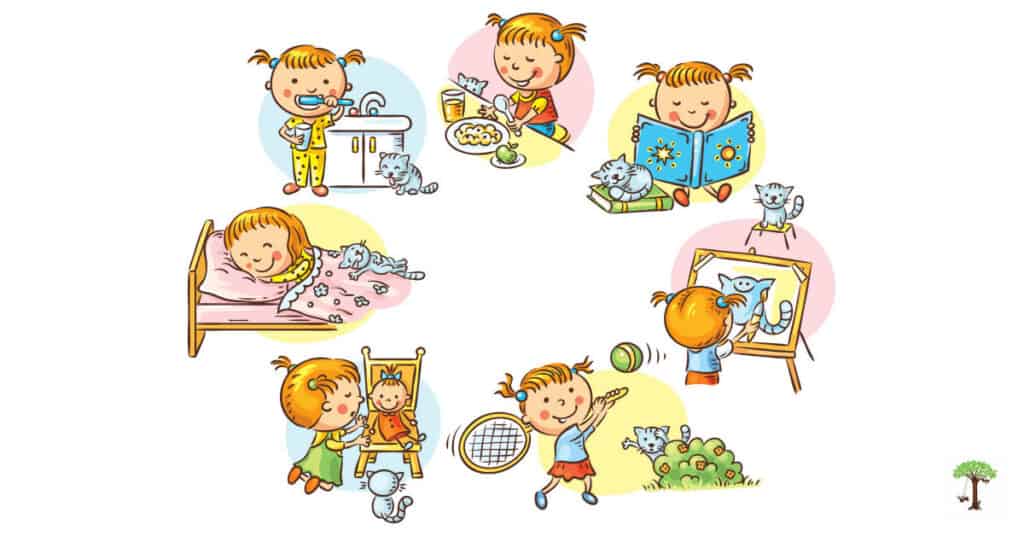
Weekly Household Rhythms
Weekly rhythms consist of the activities or routines you do consistently throughout the week. This could be swimming on Tuesdays, play dates on Wednesdays, and park days on Thursdays.
Another example would be an employee or student that works or goes to school in different locations throughout the week. Other weekly rhythms or routines include cleaning schedules and meal plans. [See resources below.]
The colors of the day found in the Waldorf tradition are another example of a weekly rhythm or routine you can implement in the home or classroom. It works wonders for toddlers and preschoolers, and children with special needs.
Once I tried it, I became a true believer in rhythm in the home. Following the colors of the day and creating a weekly routine around it helped me stay focused on day-to-day tasks and weekly chores as a nanny and a home daycare provider.
Once I created and followed a daily and weekly rhythm, I noticed that children begin to learn what to expect and no longer need you to tell them what to do every single moment of every day. For parents, teachers, and caregivers, this spells FREEDOM!
Get started with our FREE planning guide–>QuickStart Weekly Planning Guide.
Monthly Household Routines
Monthly rhythms consist of the tasks, activities, chores, and errands performed each month. There are lots of monthly cleaning and home maintenance chores that fall into this category. We have a few of the most universal monthly household maintenance tasks on the Monthly Cleaning and Maintenance Checklist, included in the Rhythms of Play Home Management Binder.
Budgeting and finance tracking is another household activity that most do every month, and we have several personal and household budgeting and finance trackers you can use for this purpose in the Home Management Binder. Some examples include completing a monthly goal review or attending a monthly meeting.
You may not want to do some monthly rhythms and routines–but putting them in place can make life easier. Because when rhythms like these are put on autopilot, you barely have to think, and everything necessary will be completed because you have a plan to make it happen.
Home Management BinderSeasonal Household Routines and Rhythms
I love incorporating seasonal elements and celebrations into my family’s rhythm because it brings meaning and gives a sense of connection to our lives. Seasonal rhythms are the activities we do seasonally, such as swimming in the summer and snowboarding in the winter.
Seasonal rhythms and routines also consist of things you do in and around your home during the spring, summer, winter, and fall, such as planting flowers in the spring, raking leaves in the fall, and other seasonal home maintenance duties and household chores.
Many of these seasonal tasks and chores are “yearly to-do’s” on our Monthly Cleaning and Home Maintenance Checklist in the Rhythms of Play Home Management Binder.
Seasonal bucket lists and seasonal and holiday traditions also fall into the seasonal or yearly rhythm category. Another example would be a nature table that changes to reflect the seasons. Examples of different types of seasonal routines and holiday traditions you can try are on the lists in the sections below.
Seasonal Rhythms: Bucket List Activity Guides
Seasonal Celebrations and Rituals
- Spring Vernal Equinox Celebration Ideas
- Summer Solstice Celebration Ideas
- Fall Autumnal Equinox Celebration Ideas
- Winter Solstice Celebration Ideas
Holiday Traditions and Celebrations
- Fun Family Easter Traditions
- May Day Traditions and Celebration Ideas
- Traditional Lantern Walk Celebration Ideas
- Thanksgiving Traditions and Fun Things to do on Turkey Day
- Fun Family Christmas Traditions for a Magical Holiday
- New Year Traditions and Celebration Ideas
Seasonal Nature Table Ideas
Nature tables are great for sensory play, nature study, developing the imagination, and play-based learning. Nature tables are a fantastic educational tool in Waldorf, Reggio Emilia’s approach, and Montessori education.
Yearly Household Rhythms
Many holidays, seasonal celebrations, and family traditions occur once a year. Easter, Passover, May Day, Halloween, the Winter Solstice, Christmas, and New Year’s Eve are each in this category because they are a yearly household rhythm.
In other words, the seasonal and holiday celebrations and traditions that we repeat each year, like those discussed in seasonal rhythms in the section above, are examples of yearly household routines that you can choose to follow in your home or classroom.
Some people consider spring cleaning a yearly rhythm, and I would agree. Our family makes natural homemade household cleaning products and cleans and de-clutters our whole house every spring, making it one of our yearly rhythms.
Household rhythms also consist of the activities that we do each year. Taxes anyone? How about making tax season a lot easier by writing down your daily and weekly expenses and doing a monthly budget review with the handy dandy financial trackers and budgeting checklists in the Rhythms of Play Home Management Binder?
These are all household rhythms we can establish to make life a whole lot easier to live. Establishing these beneficial rhythms in our lives will free up your time and help you feel less stressed around tax season–I guarantee it! It will also help you become more aware of your finances and help you get out of debt, and nothing but good can come of that.
Sound too daunting of a task? I assure you it’s not. Just use the power of habit to help you succeed. As I see it, you’ve got nothing to lose and your sanity and free time to gain. It doesn’t get much better than that.
Start with our FREE planning guide–>QuickStart Weekly Planning Guide.
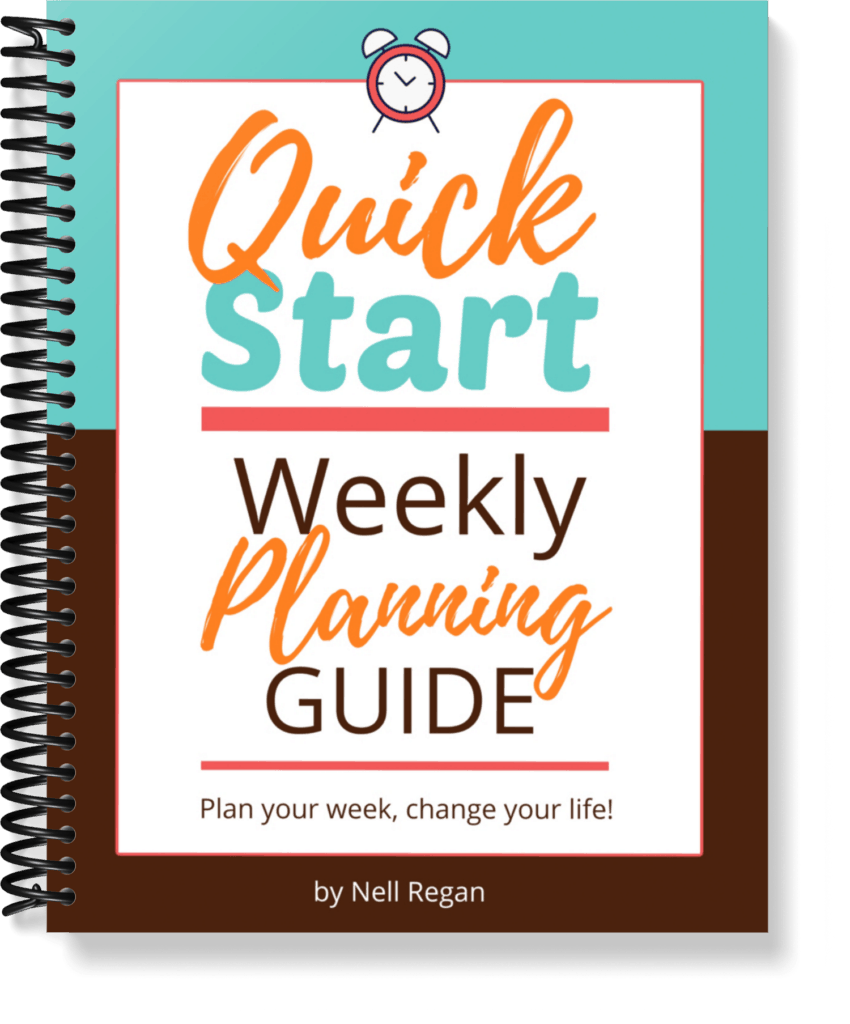
Ready to put the to-do list on autopilot?
Learn how to create rhythms and routines that keep everything in order and help the whole family THRIVE. Opt-in below, and we’ll send the QuickStart Guide straight to your email inbox!
How to Establish Home Rhythms
Establishing household rhythms does not mean you have to include all of them immediately–that’s crazy-making! Start slowly. Add one new routine or habit at a time to build on a solid foundation.
As I mentioned, the more consistent household rhythms become, the better home life will be. This is especially true for young children. In my family, we have found that following daily and weekly rhythms help keep everything together, even when life falls apart.
Establishing household rhythms is also an invaluable tool for increasing your productivity so you can have more free time to play, enjoy life, do the things you love, and even a few things you never thought you could. In other words, make household rhythms and routines consistent, and you will not only create the time and space to get things done but also give your whole family the time and freedom to live the life of your dreams.
Household Routine Resources
Free Rhythm Planner
Get our FREE daily and weekly rhythm planners HERE–>Quick Start Weekly Planning Guide.
Cleaning Schedule, Meal Planning & Household Budget
The Rhythms of Play Home Management Binder is a digital library of printable resources, including cleaning & home maintenance checklists, meal planners & grocery lists, and household budget & finance trackers designed to help you keep everything under the roof organized! (Psst, if you haven’t grabbed the FREE planner listed above, I recommend starting with that.)
Learn more HERE–>Home Management Binder
Or, grab our complete library of resources HERE–>Family System Toolbox!
How to Create Rhythm in the Home and Your Life
- How to Establish a Daily Rhythm
- 10 Reasons to Make Rhythm a Habit
- 7 Reasons to Add the Waldorf Color of the Day to Your Daily Rhythm
- How to Raise a Helper
Thrive at Home with The Power of Rhythm
When a consistent rhythm is created–children thrive. It also makes it much easier to clean the house, get food on the table, and get the kids to bed. Establishing a rhythm in the home is one of the best ways to care for children, manage the household, and get things done.
When simple rhythms and routines are followed as a habit, children no longer need you to direct every single moment of every single day. For parents, teachers, and caregivers–this spells FREEDOM!
This makes establishing household routines and rhythms an invaluable tool for increasing productivity so you can have more free time to play and enjoy life. The more consistent household routines become, the better home life will be. Establish strong rhythms and routines in your home to harness the power of habit in your household today!
Learn more about Rhythms of Play HERE!

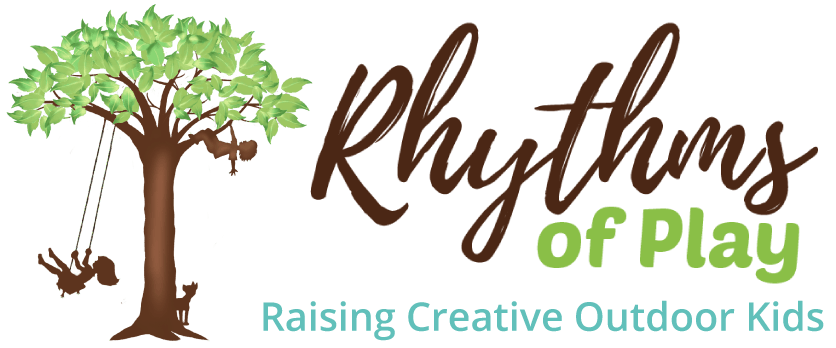

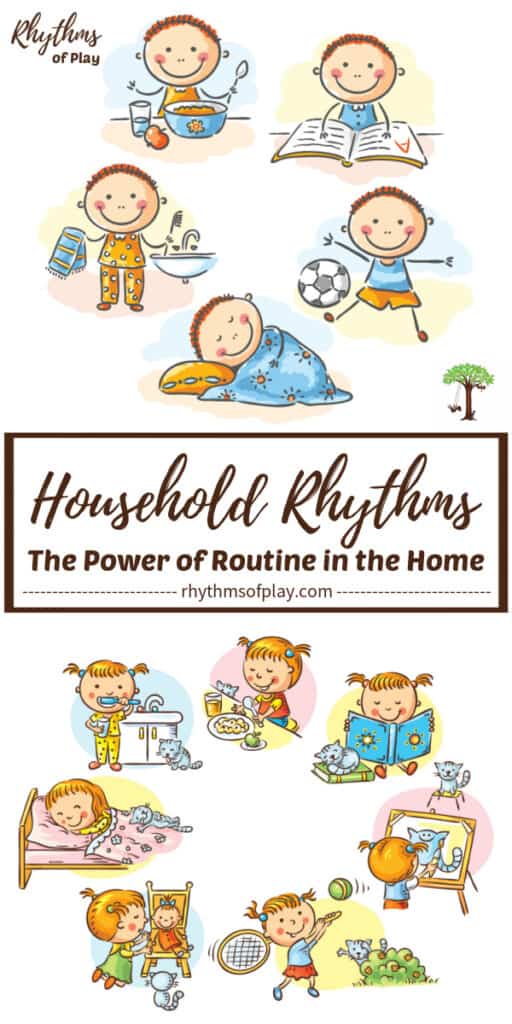
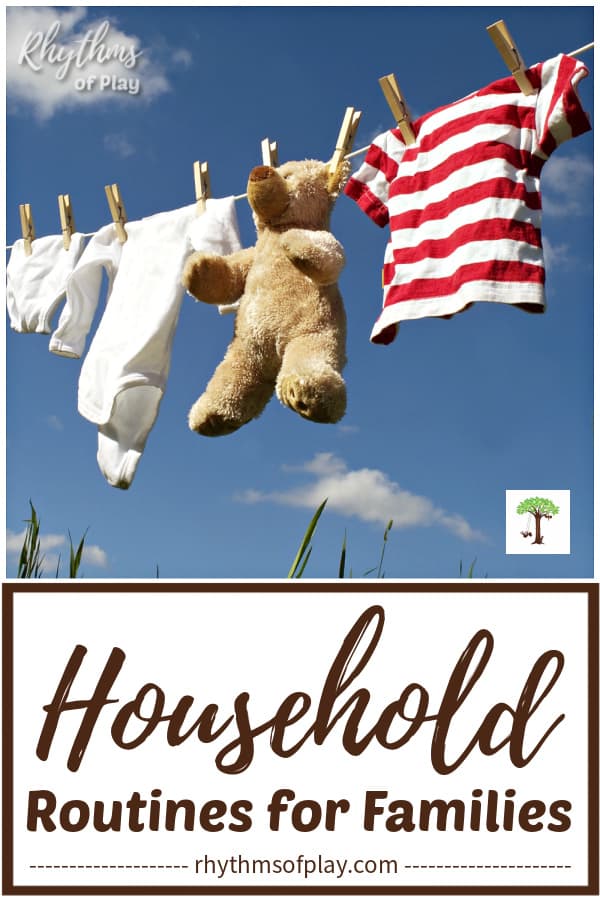



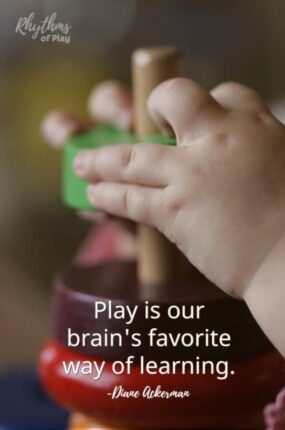

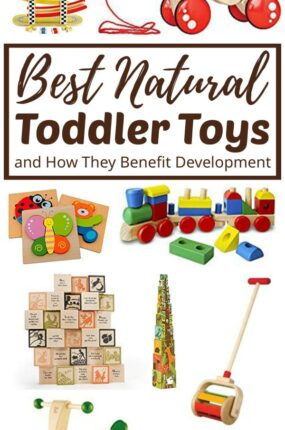
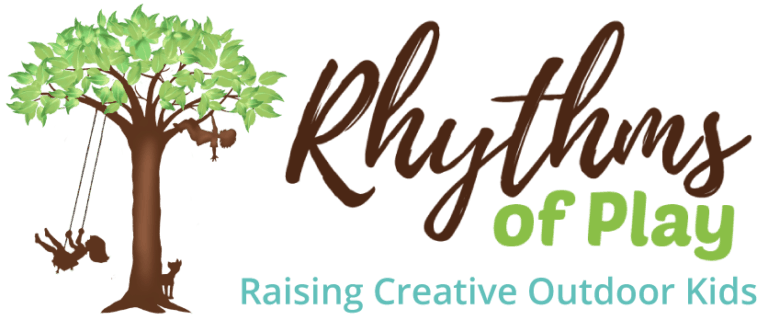
Getting into a daily/weekly rhythm is definitely something I need to work on more. Unfortunately, with the pain issues I have this is difficult, but I think if I devoted enough energy to it and pushed through on the hard days it would be so helpful to the whole family!
I’m sorry to hear that you are in pain Alyssa 🙁 I would have to agree that creating a strong rhythm as a foundation for you and your family would help support you through even the worst of days. Give it a try.
Oh my god your wisdom!!!
I am HOOKED!
thank you!!! I am on social media as @ascendwithemily
I would love to connect!!
Thank you, Emily! Your kind comment has made my day and could not have come at a better time. I appreciate knowing that what I have said has made a positive impact on your life, and I’m looking forward to connecting with you.
Best wishes,
Nell